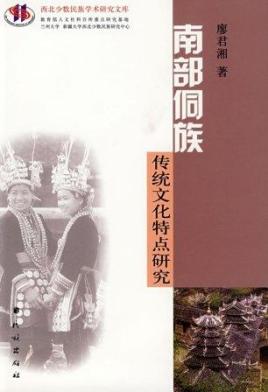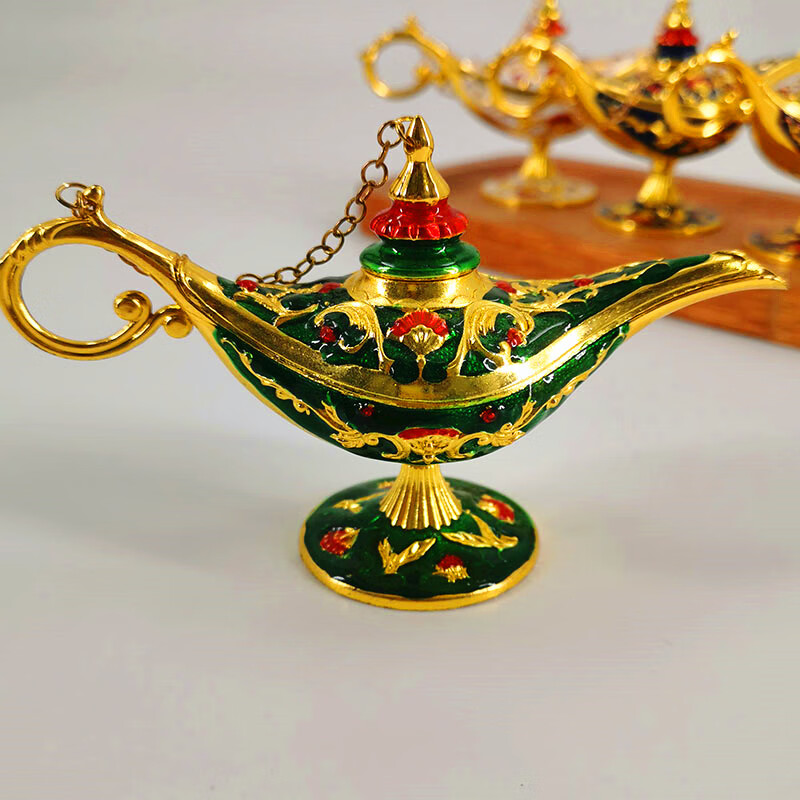一、谁有江苏菜的英文介绍?
Jiangsu cuisine(Su Cuisine) Jiangsu cuisine is called Su cuisine for short. Represented by Suzhou and Yangzhou cuisine, it is one of the eight famous culinary schools in China. The famous chefs of past dynasties in Jiangsu created the traditional dishes in the style of Su cuisine. Nanjing reputed as the "emperor's continent" since antiquity, Suzhou was described as "paradise" and Yangzhou acclaimed as "the most affluent city under heaven" by historians, are the cradles of famous chefs and delicious food in Su cuisine. The culinary school of Jiangsu is formed by simply joining the flavors of these three places together. In sum, Jiangsu cuisine has the following several characteristics: first, with precise material choice and exquisite and fine cooking, it is made according to materials and on schedule. Second, it excels in a variety of common cooking methods such as stewing, simmering, baking over a slow fire, warming-up, steaming, sautéing and stir-frying. Next, it has a clear and fresh taste with moderate saltiness and sweetness, which is thick without being greasy and light without being thin. Finally, it places an emphasis on flavoring soup and retaining original juice. Nanjing cuisine has fine cutting techniques and is skillful in timing. Hence, it has thick flavor with tastiness of the four directions and caters to tastes of people from eight directions. It wins over many specifically by its freshness, fragrance, crispness and tenderness. Suzhou cuisine tends to be sweet in taste and excels in making use of vegetables from all four seasons. Yangzhou cuisine, which used to be called Huai-Yang flavor, has fine cutting techniques, perfect timing, fresh color and original design. It gives prominence to main ingredients and lays stress on original flavor. Being light and tasty, it caters to a wide range of diners. It is especially noted for excellence in making soup. Representative Dishes:Diced chicken and carrots, mandarin fish in squirrel shape, dry-blown chicken, sparrow with special hot sauce, braised turtle dove with spiced powder, fresh water shrimp with bitter melon, egg soup with chrysanthemum leaves, lasting wealth (stir-fried large intestine) as well as sweet-smelling, crispy duck.
二、用英语介绍苏州小吃50字
范文:
Suzhou snacks include Suzhou-style moon cakes with fresh meat, dried bean curd in honey sauce, pine nut candy, Auzhouzao noodles, dried bean curd in Suzhou sauce, jujube paste sesame cakes, lard rice cakes and so on.
苏州小吃有苏式鲜肉月饼、蜜汁豆腐干、松子糖、奥灶面、苏州卤汁豆腐干、枣泥麻饼、猪油年糕等等。
Suzhou snacks pay attention to fine production, delicate delicious is the biggest characteristic of Suzhou snacks.
苏州小吃讲究制作精细、细致美味是苏州小吃的最大特点。
三、用英文介绍苏州的人文,地理,美食等等
Suzhou (Chinese: 苏州), previously transliterated as Su-chou, Suchow, and Soochow, is a major city located in the southeast of Jiangsu Province in Eastern China, located adjacent to Shanghai Municipality. The city is situated on the lower reaches of the Yangtze River and on the shores of Taihu Lake and is a part of the Yangtze River Delta region. Administratively, Suzhou is a prefecture-level city with an urban population of over 4 million expanding to over 10 million in the administrative area.
Originally founded in 514 BCE, Suzhou has over 2,500 years of rich history, and relics of the past are abundant to this day. The city's canals, stone bridges, pagodas, and meticulously designed gardens have contributed to its status as one of the top tourist attractions in China. Since the Song Dynasty (960-1279), it has also been an important centre for China's silk industry. The classical gardens in Suzhou were added to the list of the UNESCO World Heritage Sites in 1997 and 2000. Suzhou is often dubbed the "Venice of the East" or "Venice of China".
Geography
Suzhou is located on the Taihu Lake Plain, about 100 kilometres (62 mi) to the west of Shanghai, and just over 200 kilometers east of Nanjing.
Climate
Suzhou has a four-season, monsoon-influenced humid subtropical climate with hot, humid summers, and cool, cloudy, damp winters with occasional snowfall. Northwesterly winds blowing from Siberia during winter can cause temperatures to fall below freezing at night, while southerly or southwesterly winds during the summer can push temperatures above 35 °C (95 °F).









